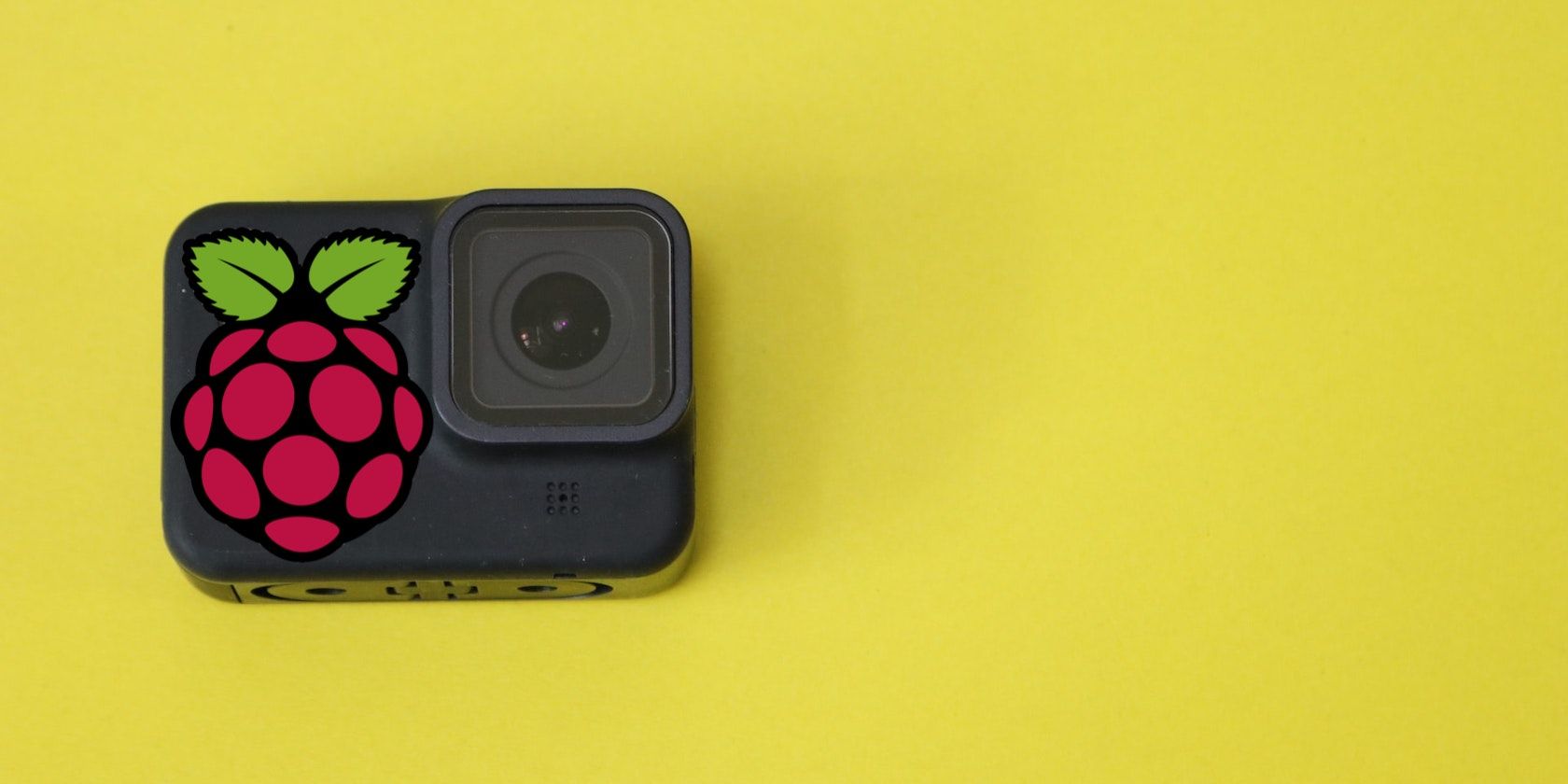Do you have a Raspberry Pi and a camera module that you're itching to turn into something cool? Then these brilliant projects will help to inspire you. Even if you have yet to buy the components, a camera is an affordable device that adds a lot of possibilities to your projects.Whether it's building a real-life Pokédex, or capturing meteorites crossing the sky, you can build something awesome using little more than a humble Raspberry Pi and a camera.
1. Raspberry Pi Time-Lapse to Twitter
This Raspberry Pi project uses a 5MP ZeroCam FishEye camera to build time-lapse videos while you're outdoors, sending the results straight to Twitter for other people to view. Hook it on to a bike and get out to enjoy a bit of nature; it's the perfect excuse to stop and enjoy the view.
The program begins by prompting for location input before starting to capture one image per second, up to 300 JPEG files in total. The files are then converted to a time-lapse movie at 20fps, outputting the result as an MP4 file. Finally, the movie is uploaded to Twitter and a copy is archived.
The entire process takes around 10 minutes to complete, and operates headlessly via JuiceSSH on an Android phone. You can find the code on GitHub if you want to give it a go yourself, or you can follow the project updates on Twitter—the latest function being tested is night vision.
2. All-Sky Meteorite Camera With Raspberry Pi
Whether for scientific research or just a hobby, capturing continuous images of the night sky can cost thousands of dollars in camera gear. A far more affordable alternative is to build an all-sky camera using a Raspberry Pi and camera module.
You will want to build a weatherproof enclosure for your system with temperature control in case the conditions get too cold. For a list of useful components to achieve this, take a look at this Hackaday project for inspiration, which uses a Raspberry Pi High Quality Camera board. On the software side, you can use Meteotux PI, which works by capturing a continuous long-exposure stream. Crucially, this means you won't lose any frames between taking images, resulting in high-quality stacked photos.
If you're looking for a general-purpose guide to creating time-lapse videos, make sure to read our tutorial on how to create a wearable Raspberry Pi Zero camera to livestream your life.
3. Raspberry Pi Video Doorbell/Intercom
Installing a video doorbell/intercom could be a costly job, so if you have a Raspberry Pi, why not give these projects a go instead? The video above demonstrates a doorbell/intercom system that operates nicely with a hardware button for two-way audio communication.
On top of this, it can also send you app notifications when someone rings the bell. The one downside to this project on Hackaday is that the app only operates on iOS, plus you will need an Apple developer's account to get it going.
For those who already have an account, rock on ahead. Otherwise, you can check out this neat YouTube build for a 1986 retro doorbell custom-fitted with a Raspberry Pi. Besides looking like a pretty awesome blast from the past, it functions well by making use of Google Duo to make a video call between the doorbell and your phone or tablet. Additionally, it works on both iOS and Android. For a detailed build, guide head over to Instructables.
4. Remote Birding With Raspberry Pi and Machine Learning
We've seen Raspberry Pi bird-watching cameras before, but none that have integrated AI bird identification like this. Google's TensorFlow Lite is a machine learning framework that has made it possible to achieve just that.
It doesn't stop there, however: using some extremely useful hardware, this project can be made to be entirely remote.To do this it uses a large power bank, solar panels, and a cellular module for the Raspberry Pi. An infra-red camera is also used to trigger the system when a bird is nearby, sending a text message to you with information about the species of bird.
If you're an enthusiastic programmer or a keen ornithologist, this might be the ultimate Raspberry Pi bird-watching setup for you. You can head over to the website IoT Playbook to see a full tutorial for how to build a system like this. If you want to see more wireless Raspberry Pi builds, take a look at our pick of the best Raspberry Pi Zero W projects.
5. Real-Life Pokédex From Pokémon
Object identification is a great function to implement in your projects, as this Pokédex project demonstrates. If you don't know what a Pokédex is, it's basically a fictional pocket device that indexes the different characters you come across in the TV show/game Pokémon. In this real-life replica, however, it's used to identify objects in your environment.
It's not exactly useful, but it would be an incredibly awesome gift to make for a kid, or perhaps a grown-up who still loves Pokémon. By pointing the Raspberry Pi camera at different objects, an image and decryption will appear on the device. And while the chassis to hold the electronics is 3D printed, you can opt to build your own case a different way.
This project uses OpenCV to implement the object identification, which is also seen in other projects like Raspberry Pi powered smart mirrors. Standing for ‘Open Source Computer VIsion’, this software library has some brilliant applications, making it well worth checking out over on the OpenCV website.
Get Creative With a Raspberry Pi and Camera
Adding a camera to your Raspberry Pi project opens up some interesting possibilities and because it's incredibly affordable, there are lots of great examples out there. Once you're comfortable getting your camera up and running, make sure to check out object identification programs to really take your build to the next level.

